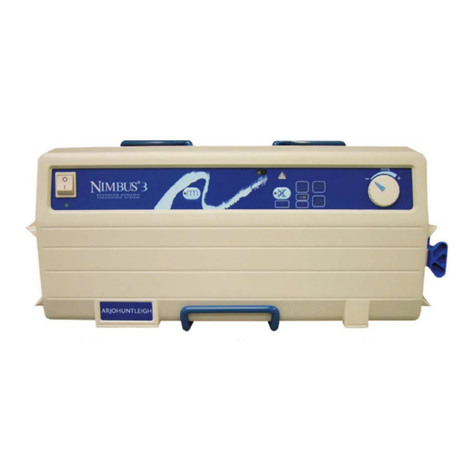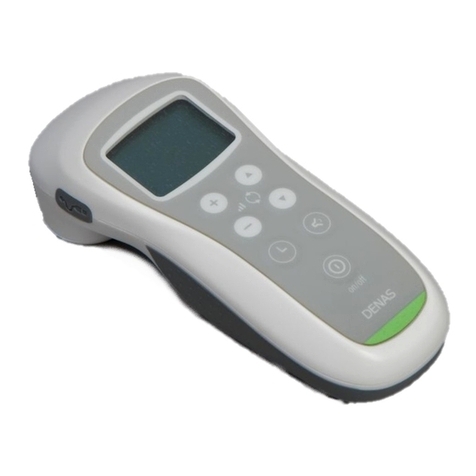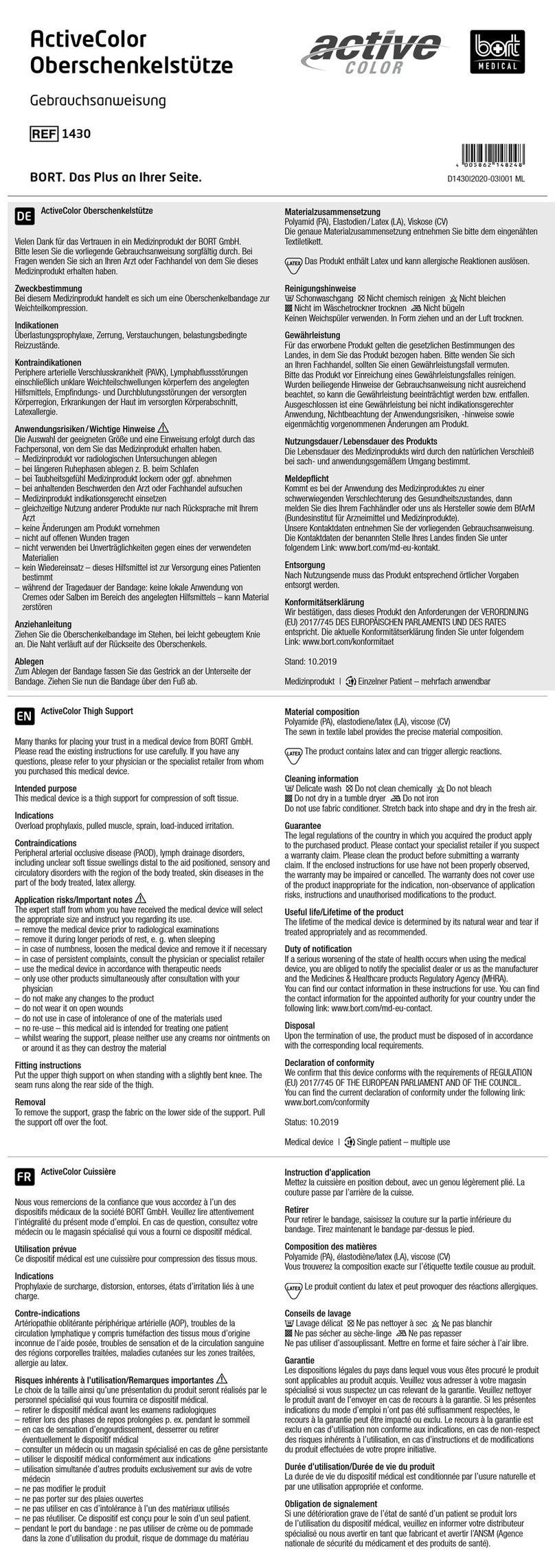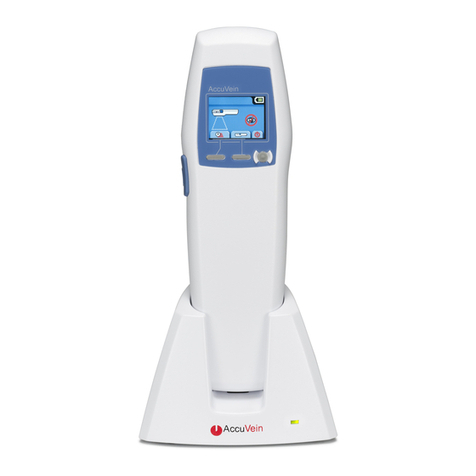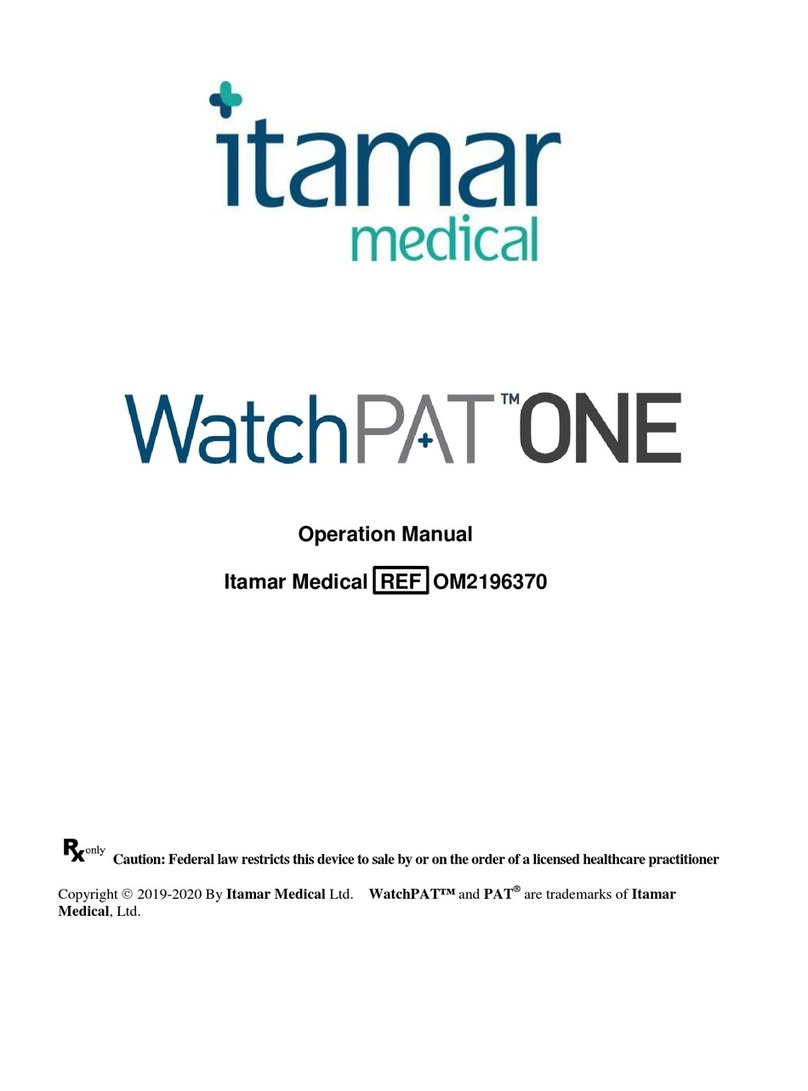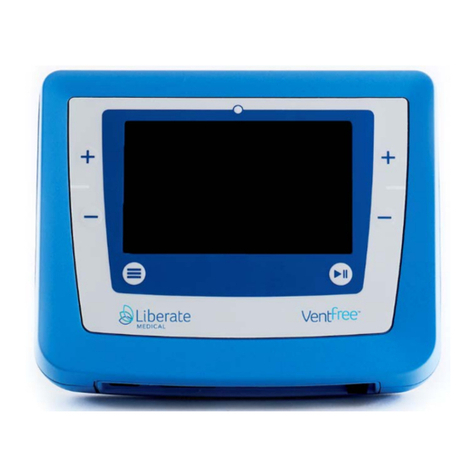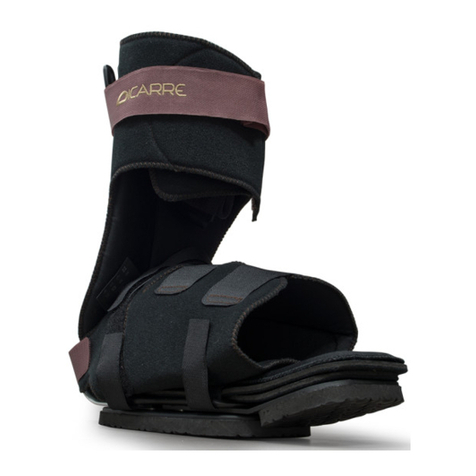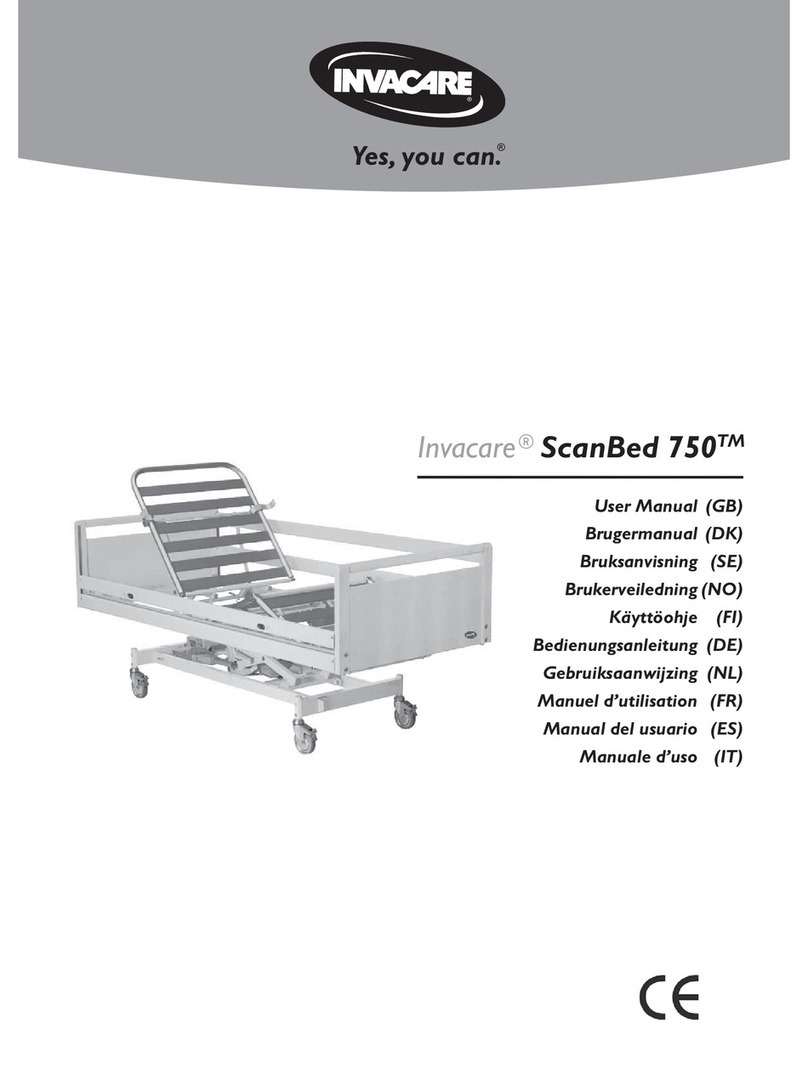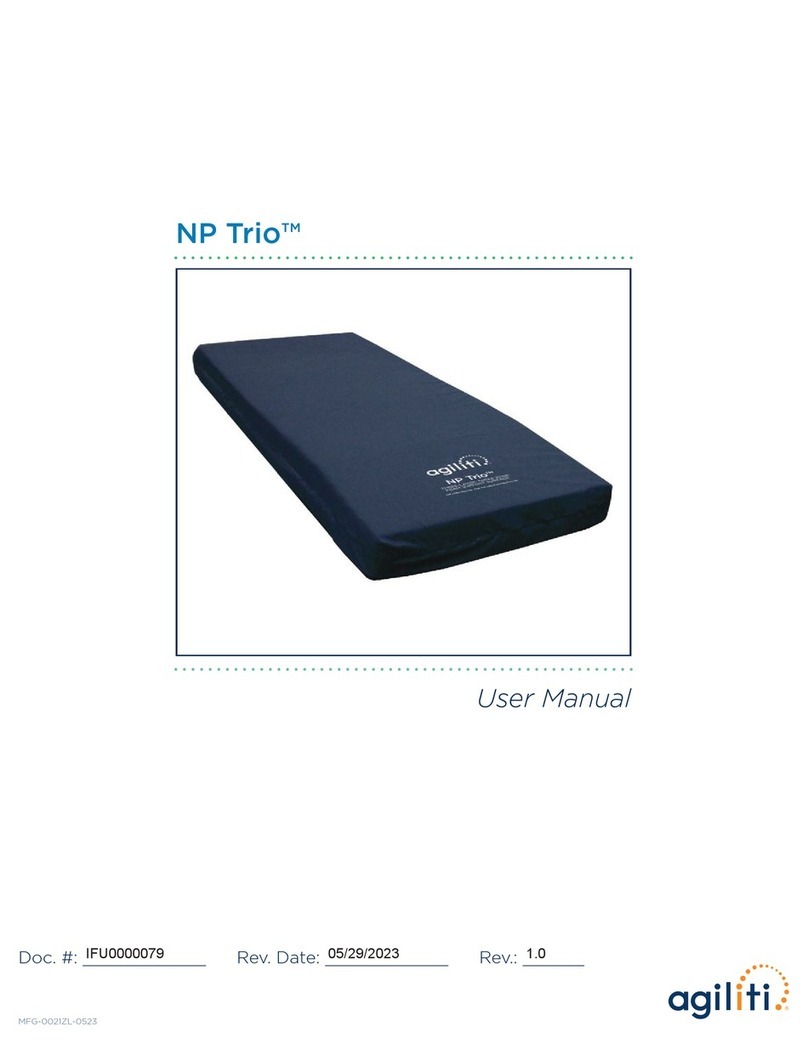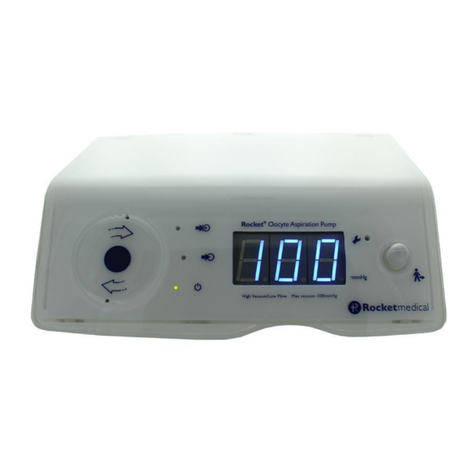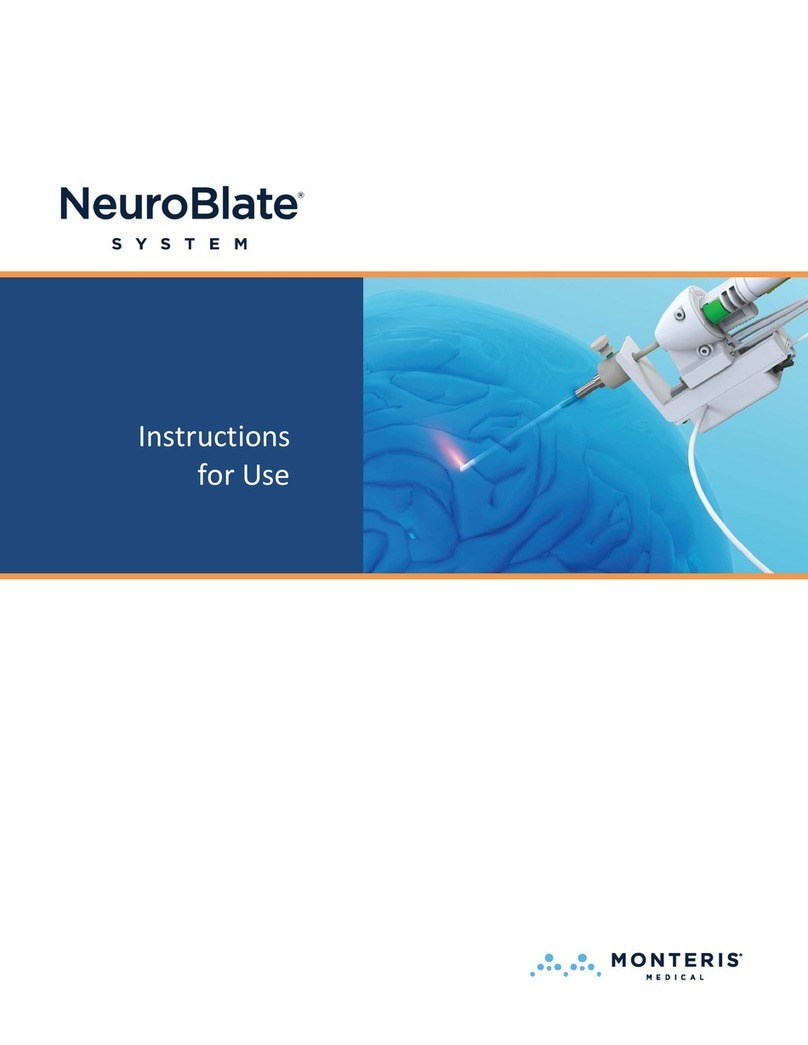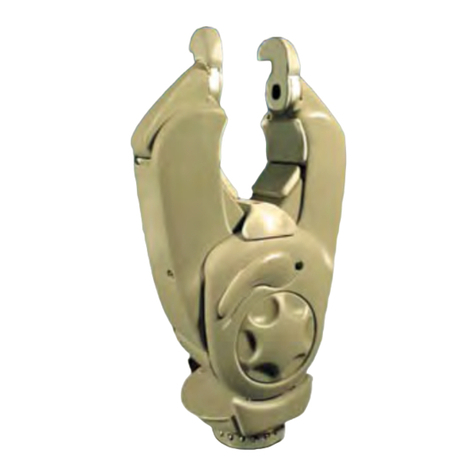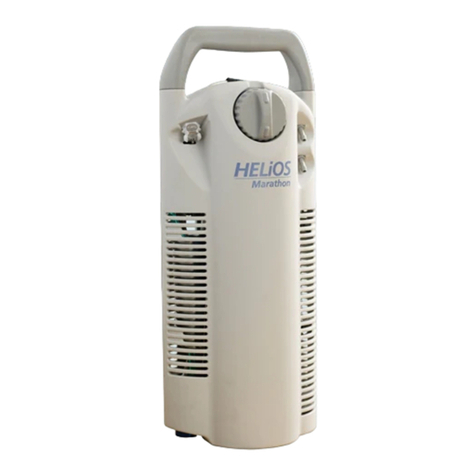
Page 3
Table of Contents
1 Introduction...........................................................................................................5
2 Equipment description..........................................................................................6
2.1 Operation ............................................................................................................7
2.2 Battery operation.................................................................................................7
2.3 USB port..............................................................................................................8
2.4 Bluetooth (IEEE 802.15.1)...................................................................................8
2.5 IntelliBridge connector (optional) .........................................................................9
2.6 RS232 connector.................................................................................................9
3 Safety instructions.............................................................................................. 10
4 Putting into operation......................................................................................... 12
4.1 Device setup......................................................................................................12
4.2 Device setup (IntelliBridge (optional))................................................................12
4.3 Applying the electrodes..................................................................................... 13
4.4 Start recording / Start screen.............................................................................15
4.5 Options / Start screen........................................................................................ 16
5 Recording screen................................................................................................ 17
5.1 Title line.............................................................................................................17
5.2 EEG ..................................................................................................................17
5.3 Stage / Index..................................................................................................... 18
5.4 Additional parameters........................................................................................19
5.4.1 EMG .............................................................................................................19
5.4.2 BSR.............................................................................................................. 19
5.4.3 STI................................................................................................................19
5.5 Diagrams...........................................................................................................19
5.5.1 Cerebrogram.................................................................................................20
5.5.2 Relative Band Activities / Power....................................................................20
5.5.3 Quantiles.......................................................................................................20
5.5.4 Power Spectrum ...........................................................................................21
5.5.5 DSA.............................................................................................................. 21
5.6 EEG analysis for children in the first year of life................................................. 22
5.7 Button bar..........................................................................................................23
5.8 Review mode.....................................................................................................24
5.9 Electrode settings..............................................................................................25
5.10 Marker............................................................................................................... 26
5.11 Options.............................................................................................................. 27
6 EEG and evaluations (RS232 / IntelliBridge connector)................................... 28
6.1 EEG ..................................................................................................................28
6.2 Narcotrend-Index NI..........................................................................................28
6.3 Additional parameters........................................................................................29
6.4 Electrode check.................................................................................................30
6.5 Error messages................................................................................................. 30
7 Analyse recording............................................................................................... 31
7.1 View..................................................................................................................33
7.2 Save..................................................................................................................35
7.3 Print...................................................................................................................35
7.4 Delete................................................................................................................ 35
